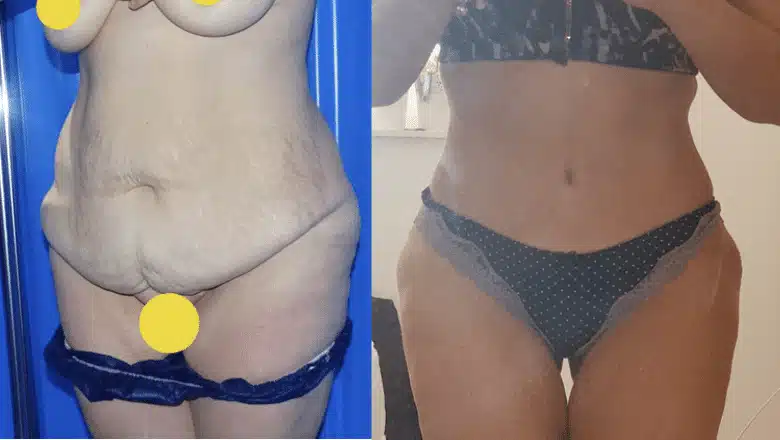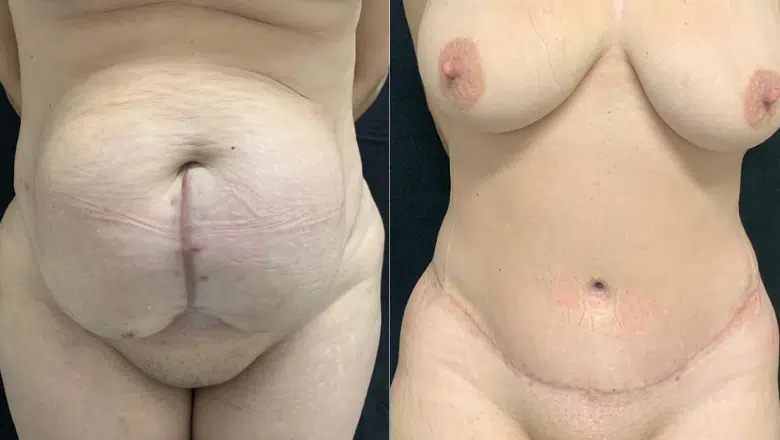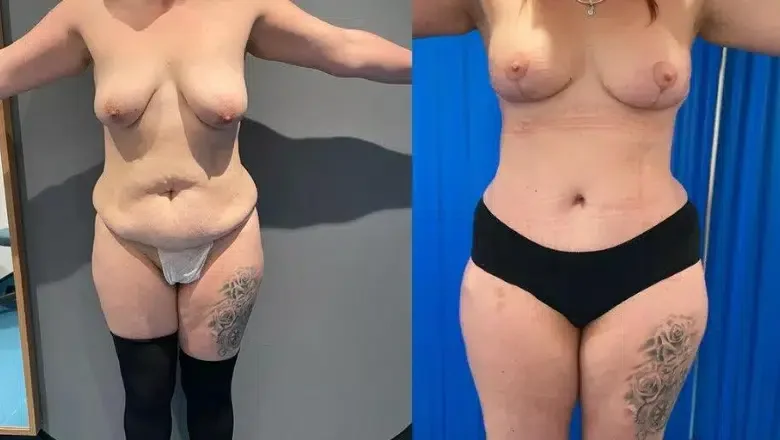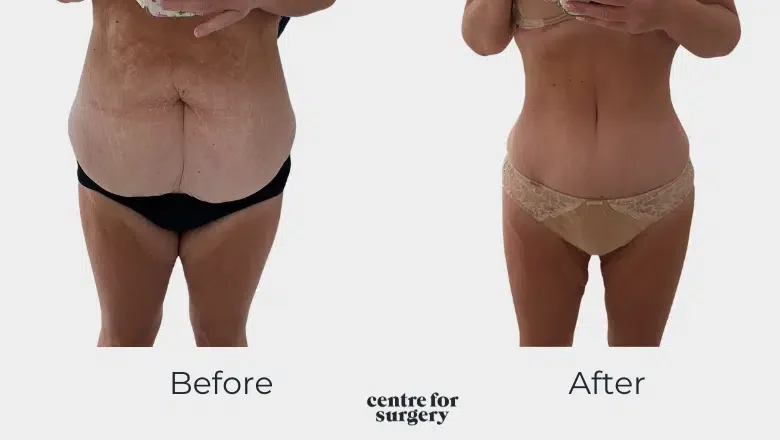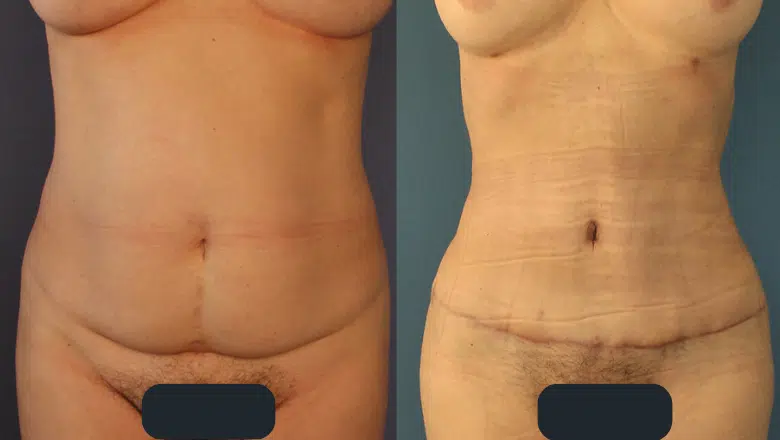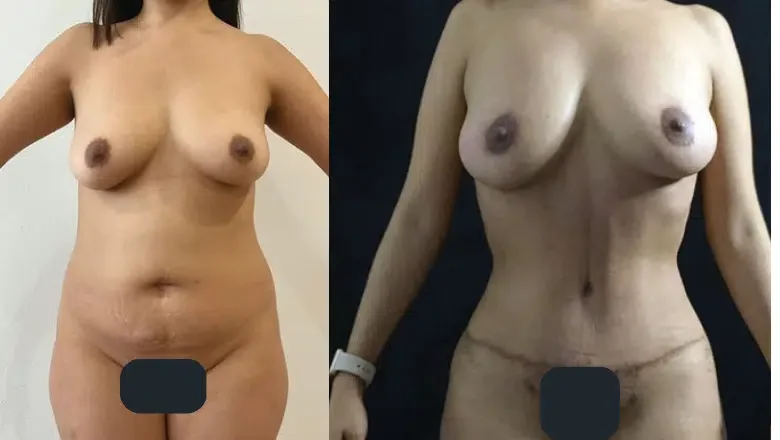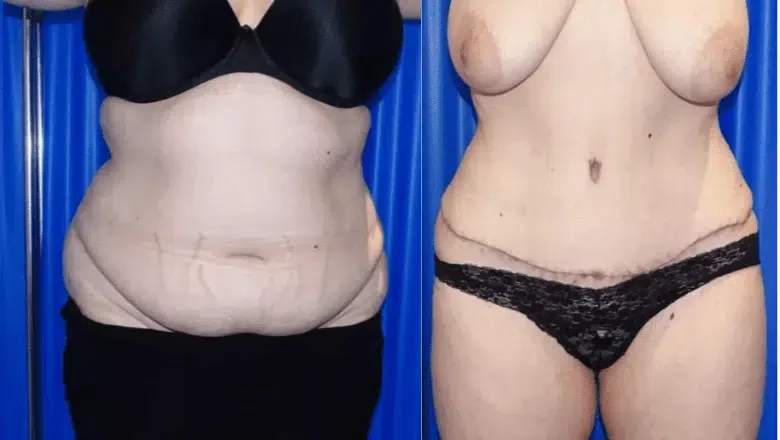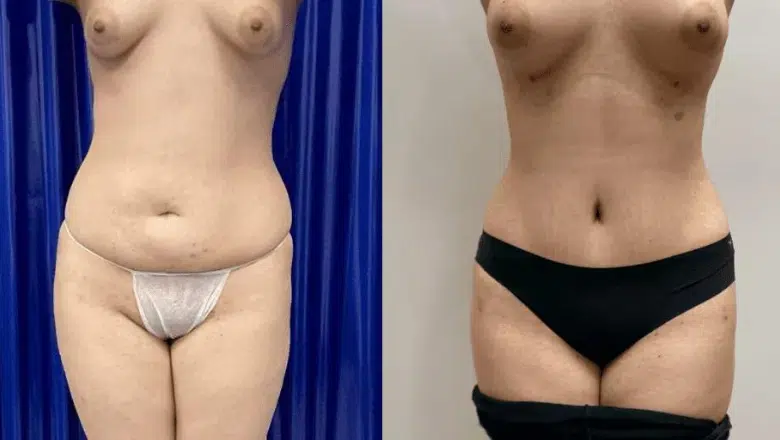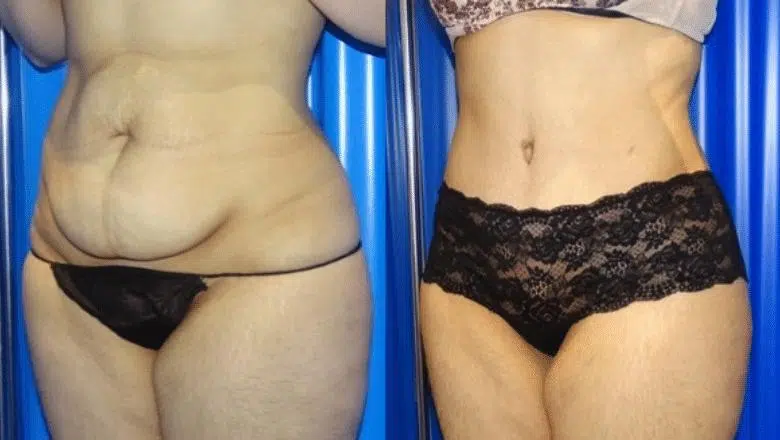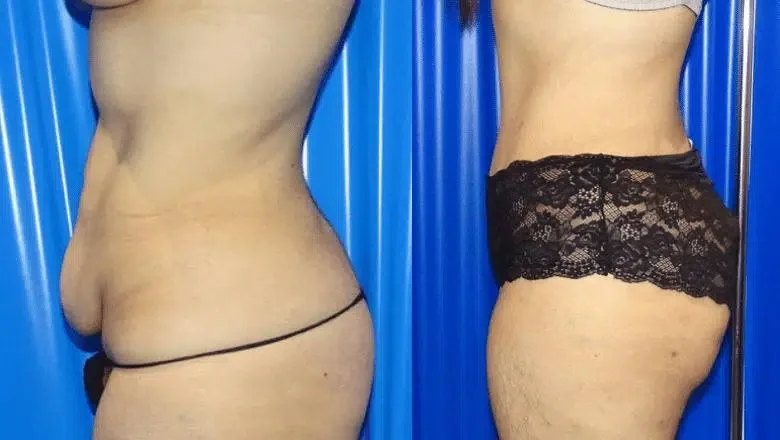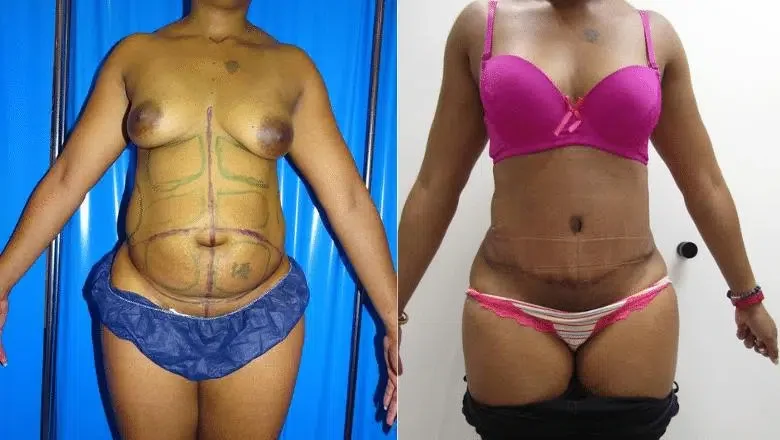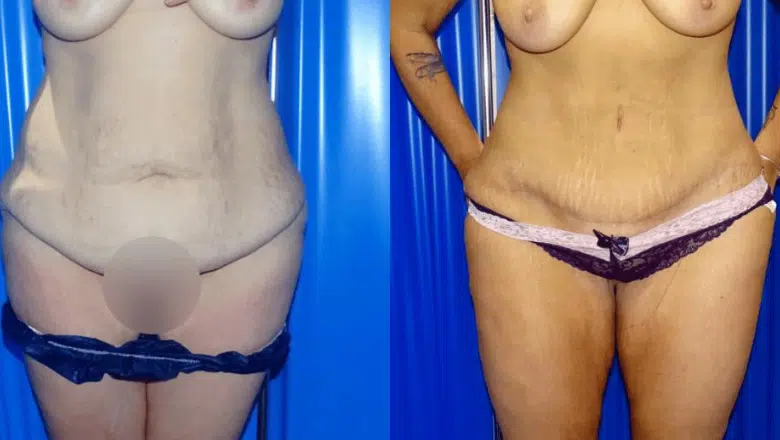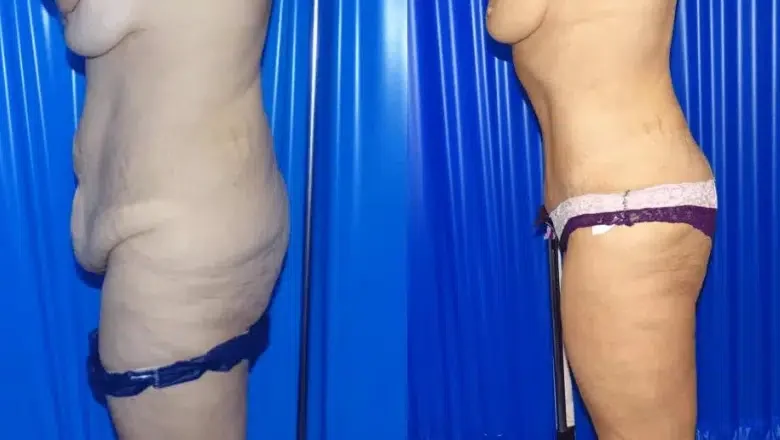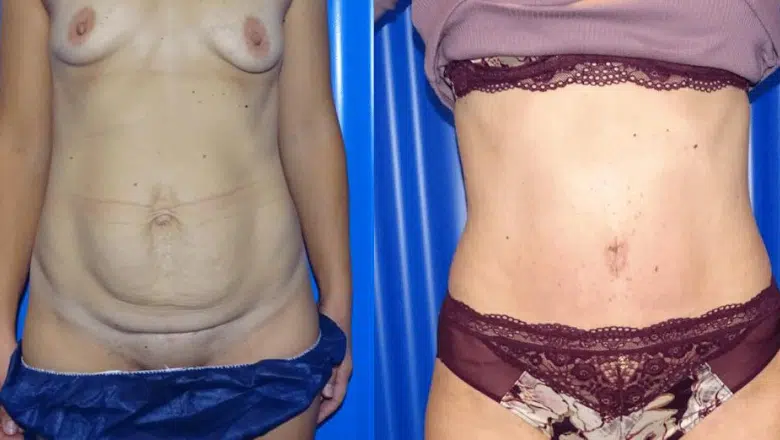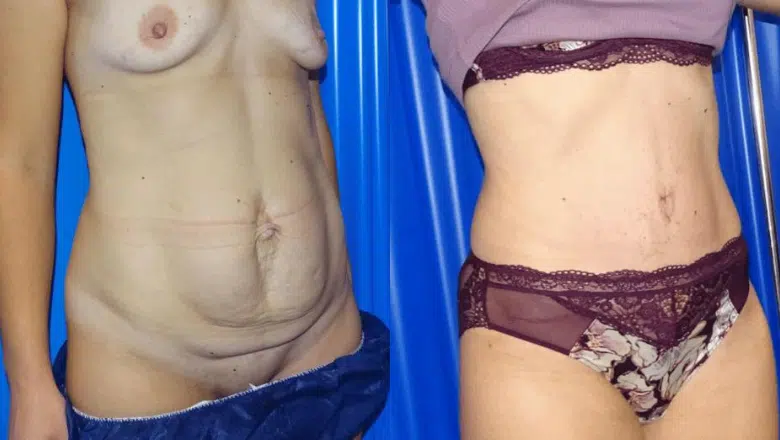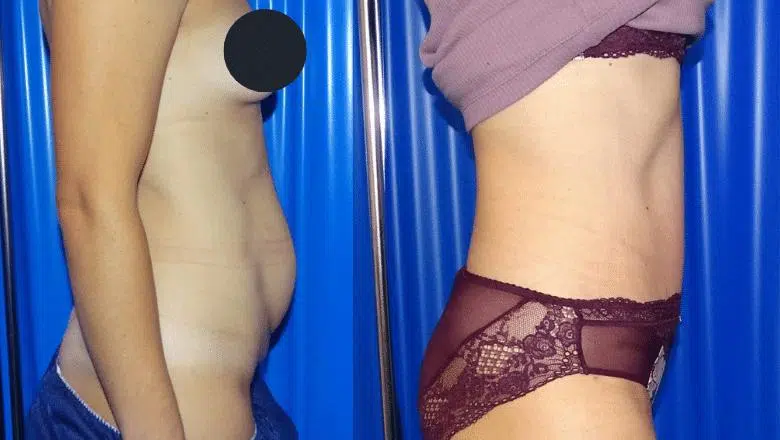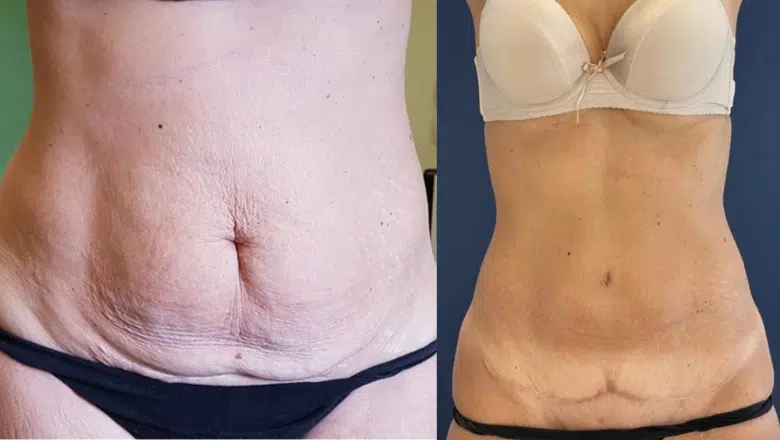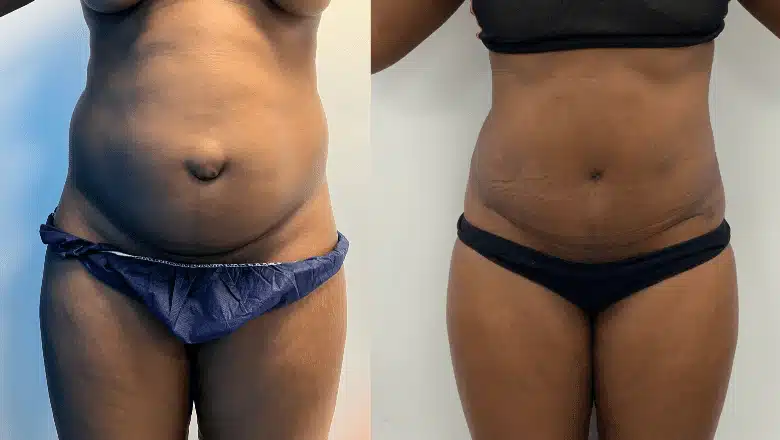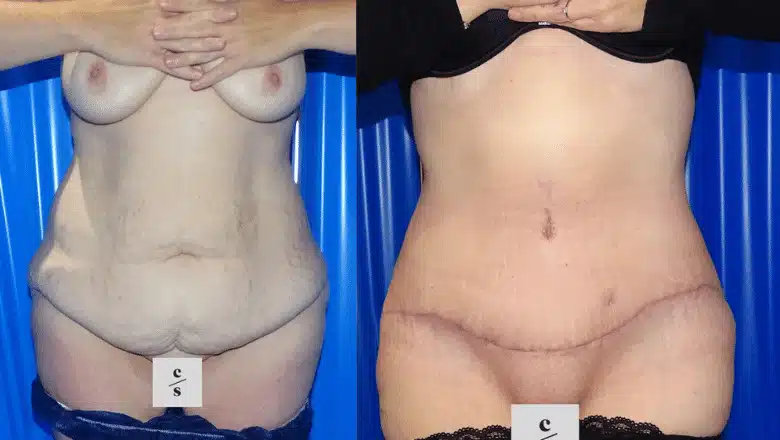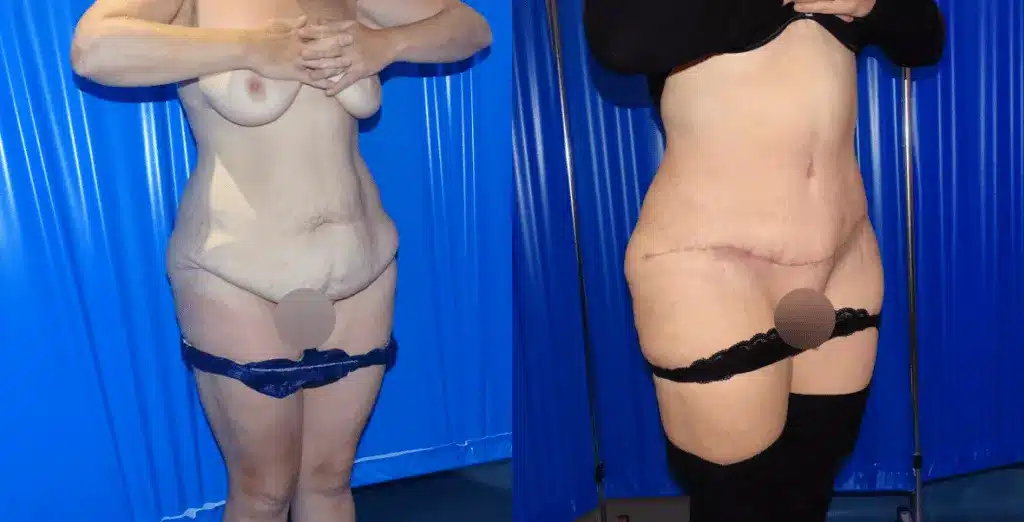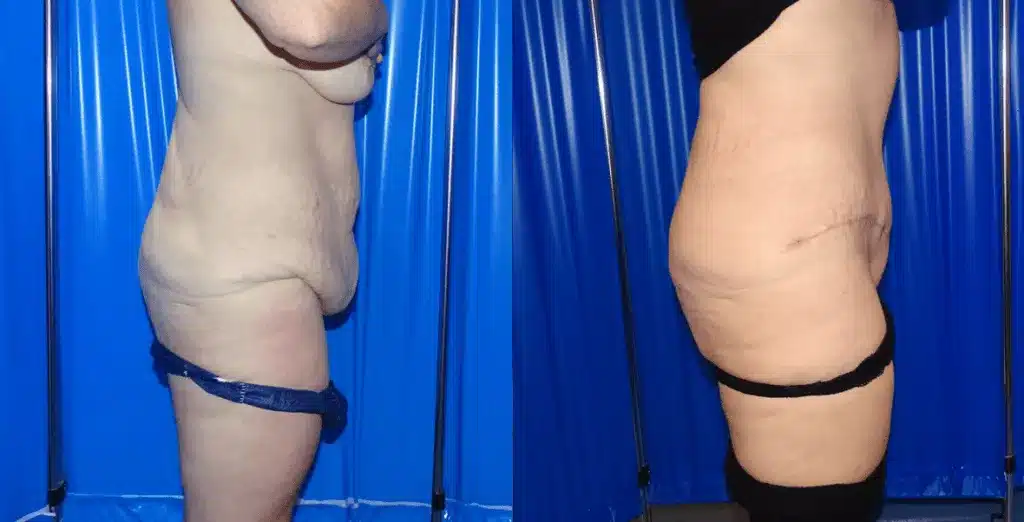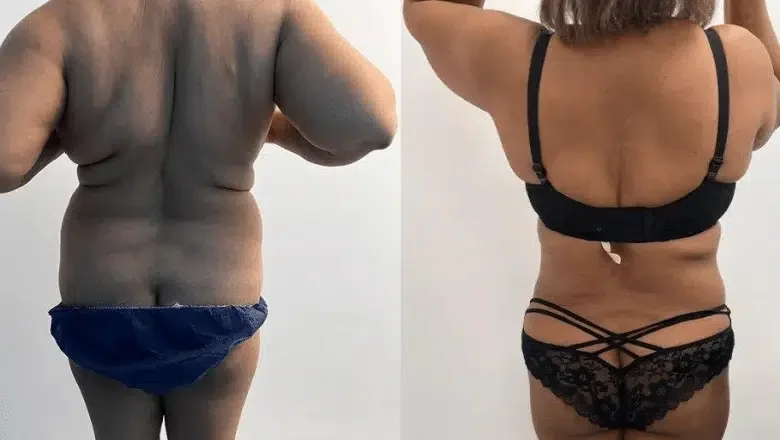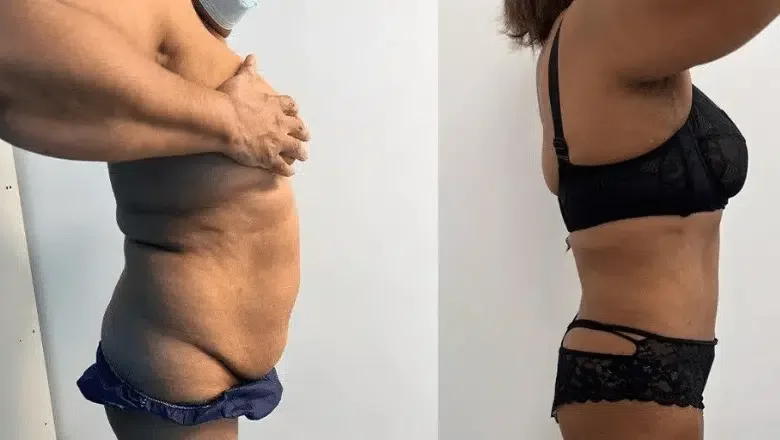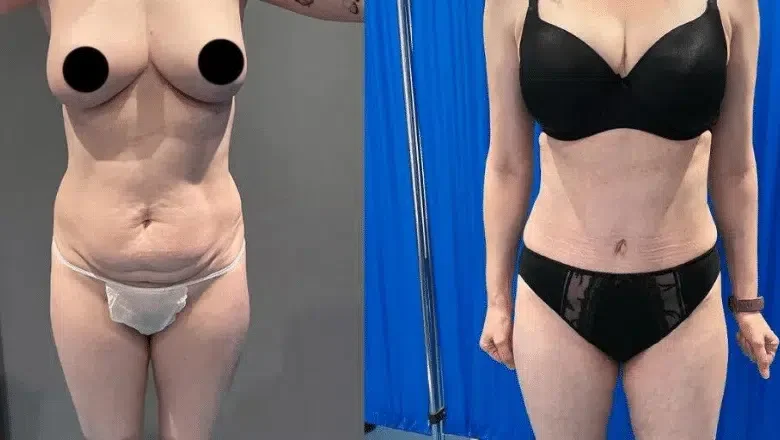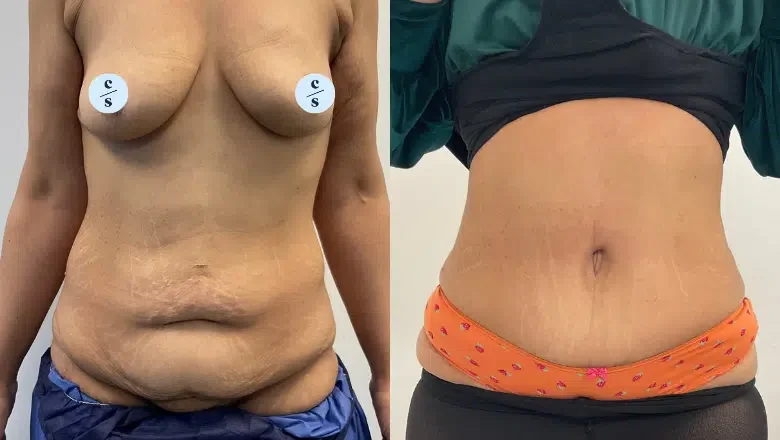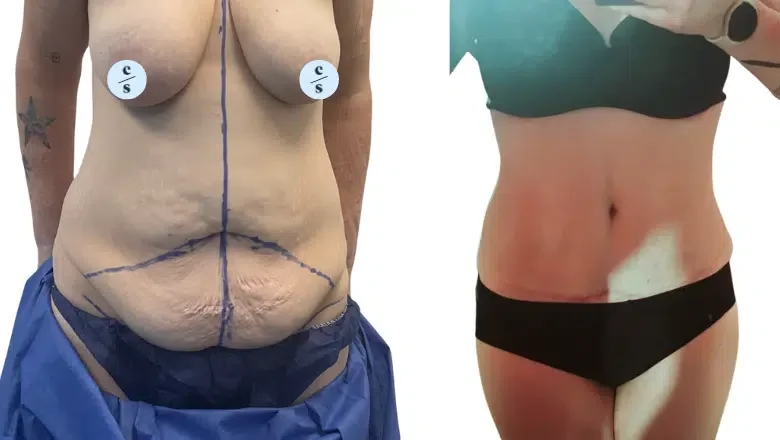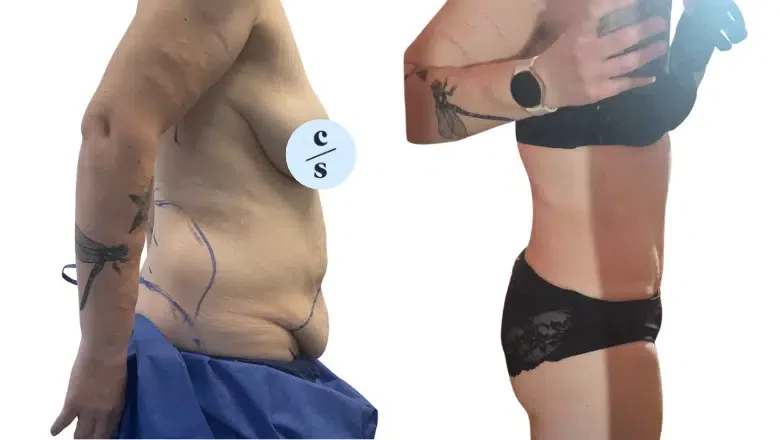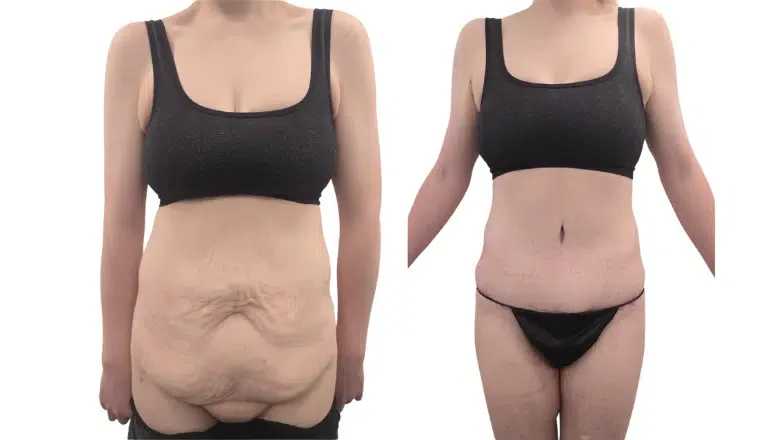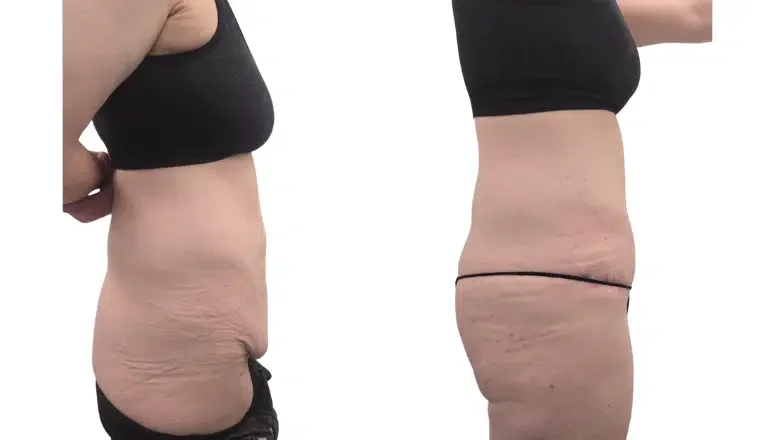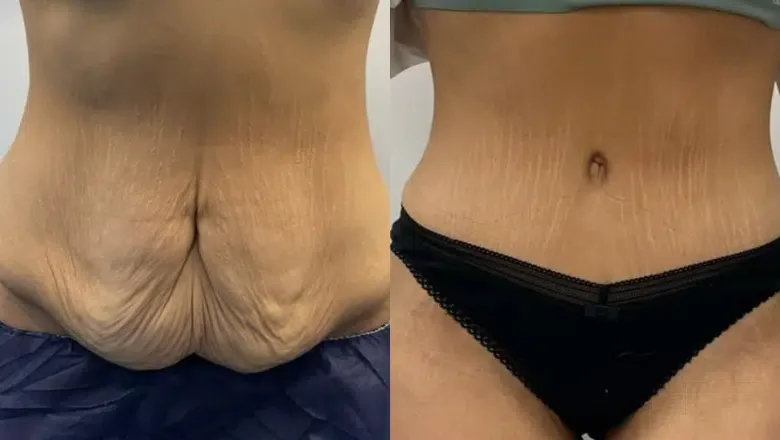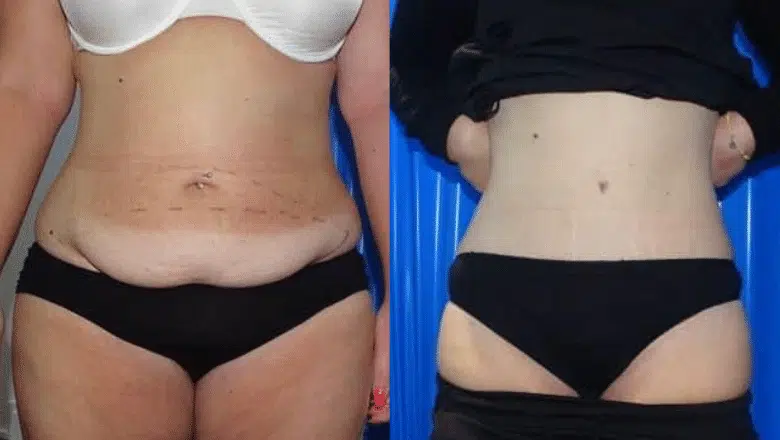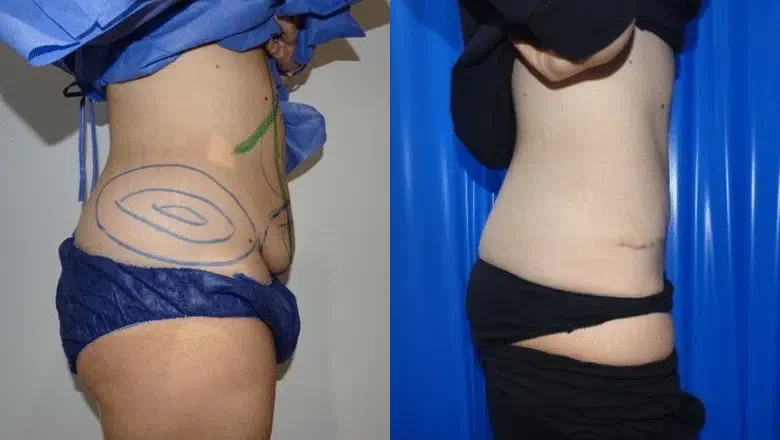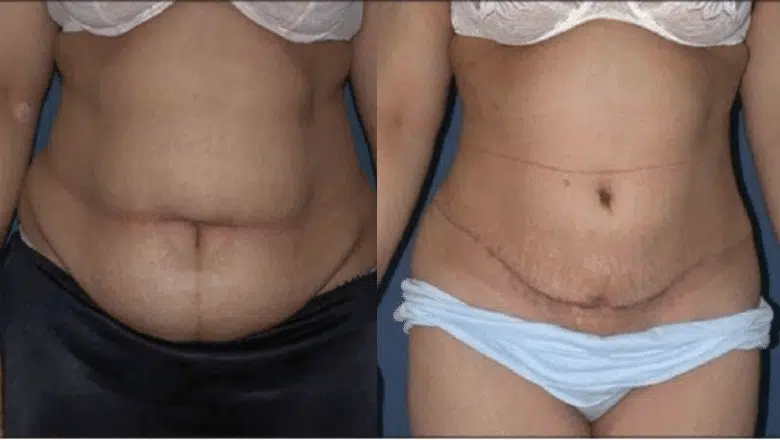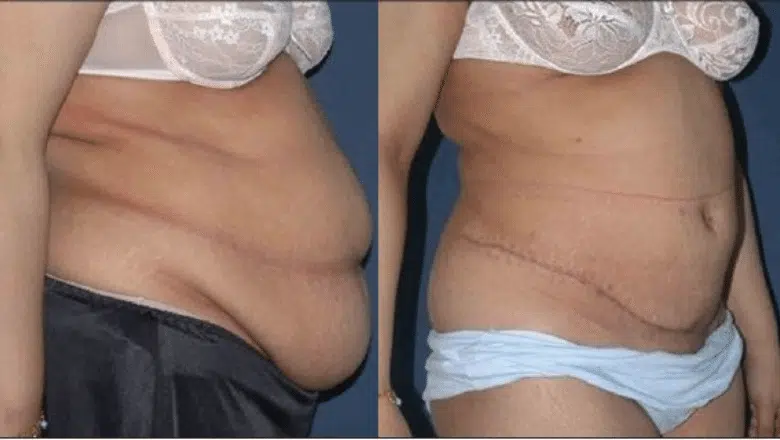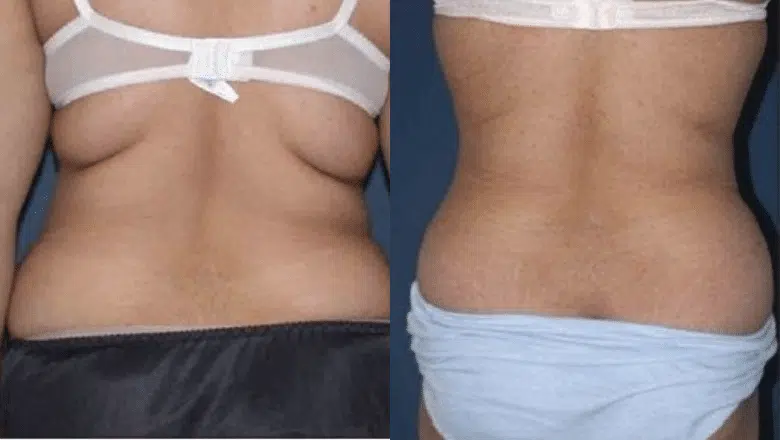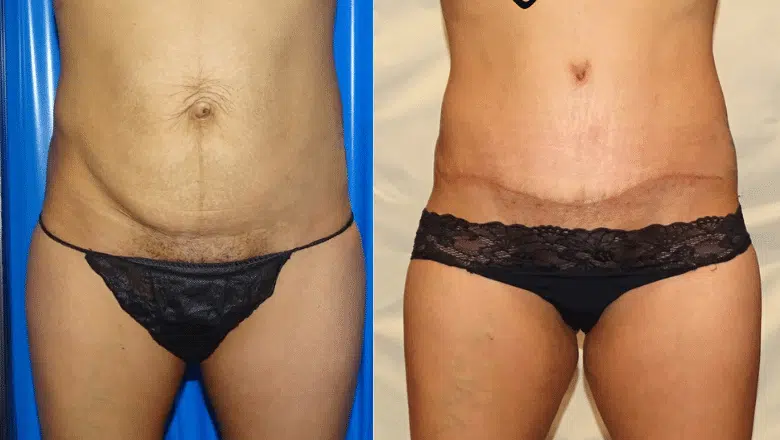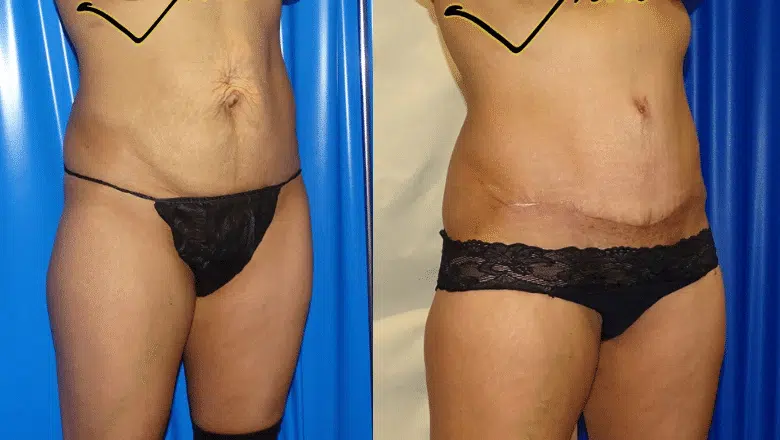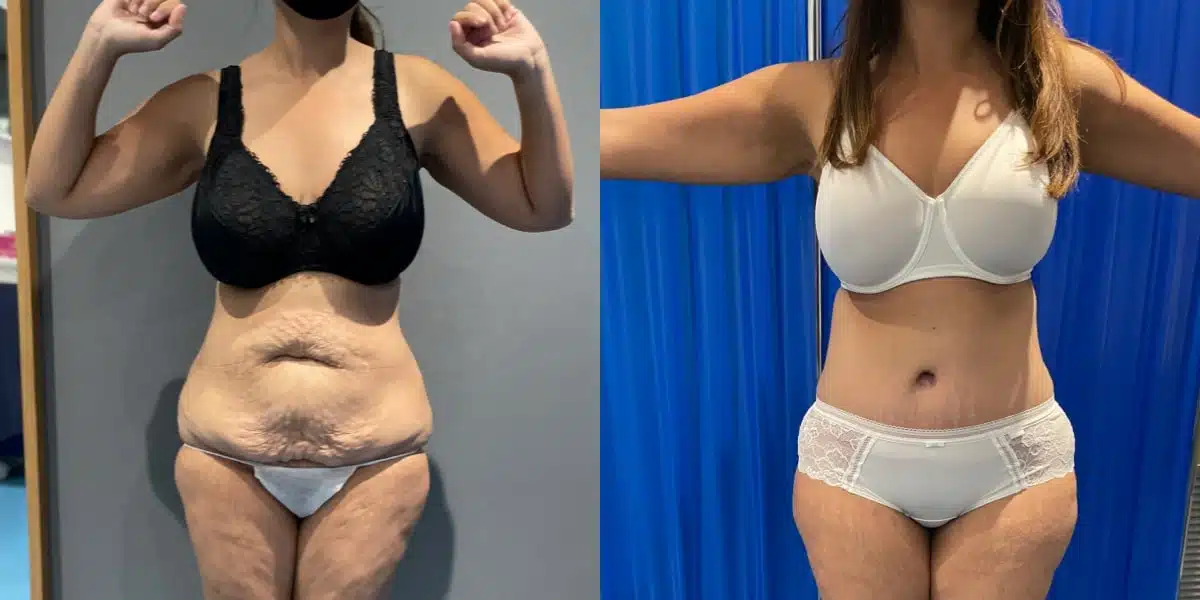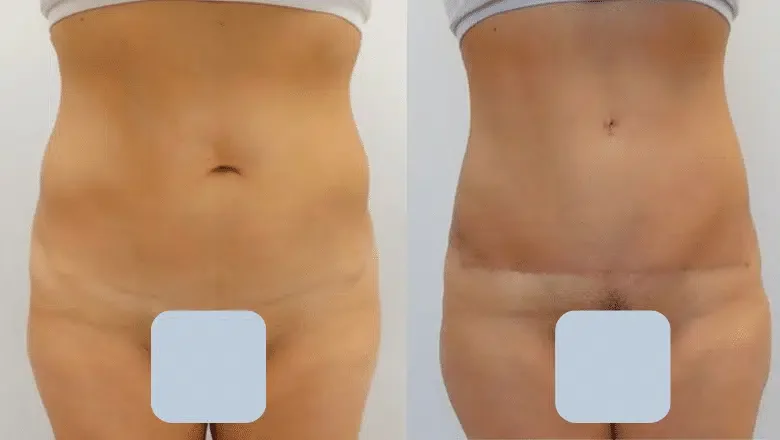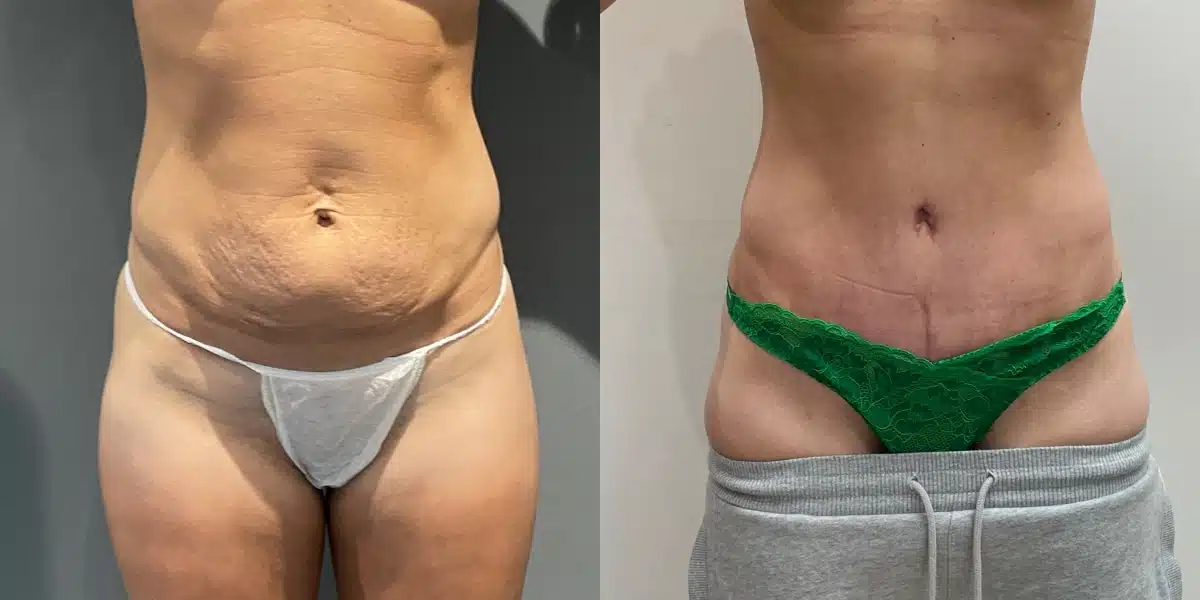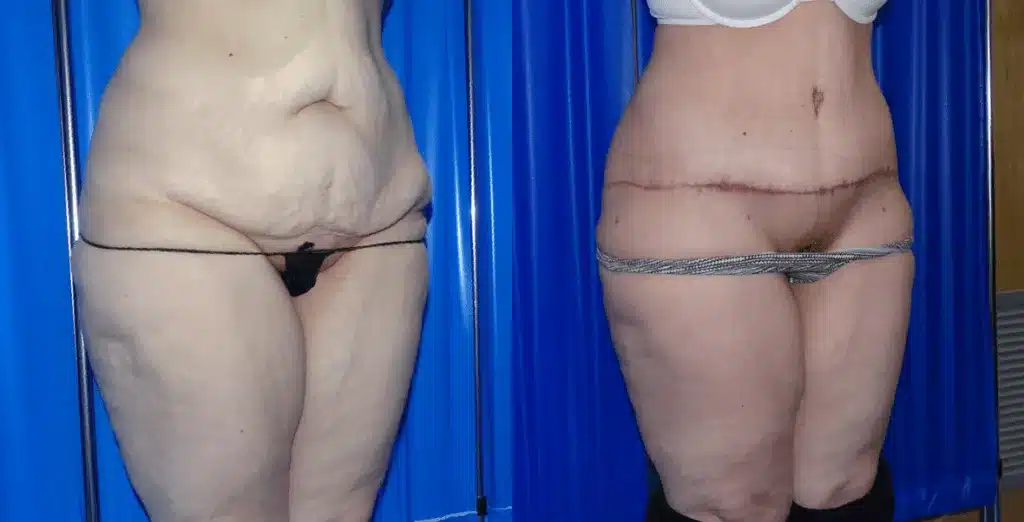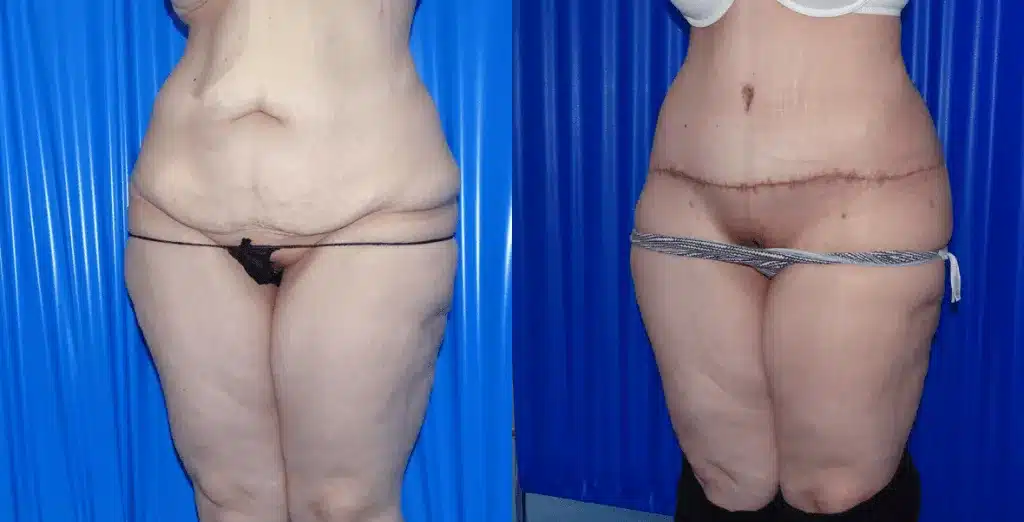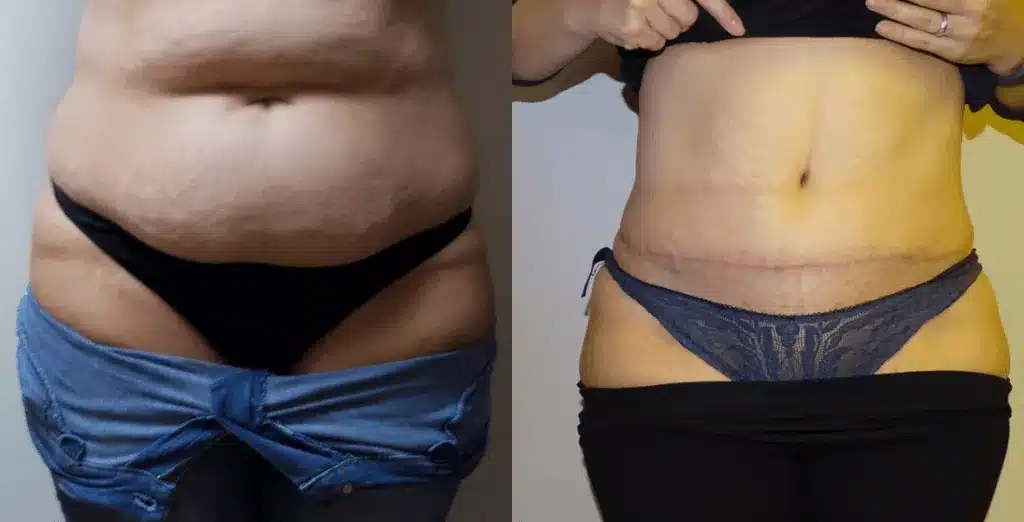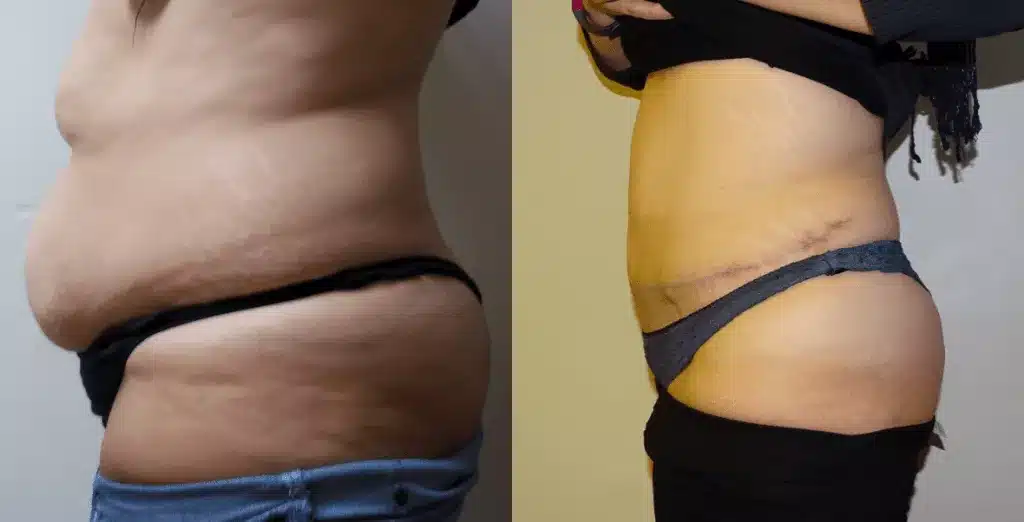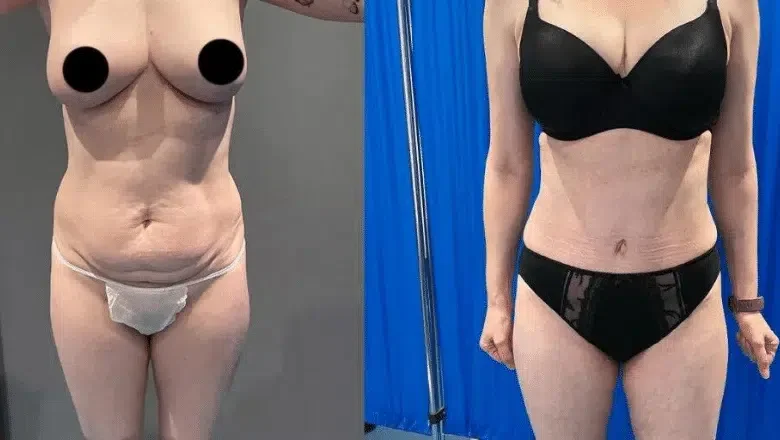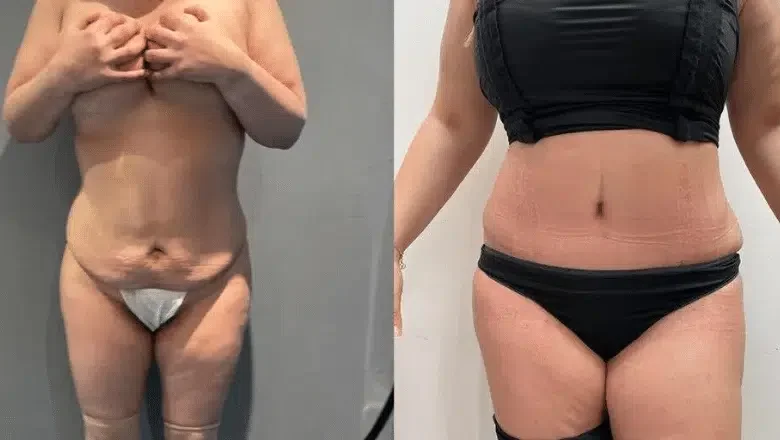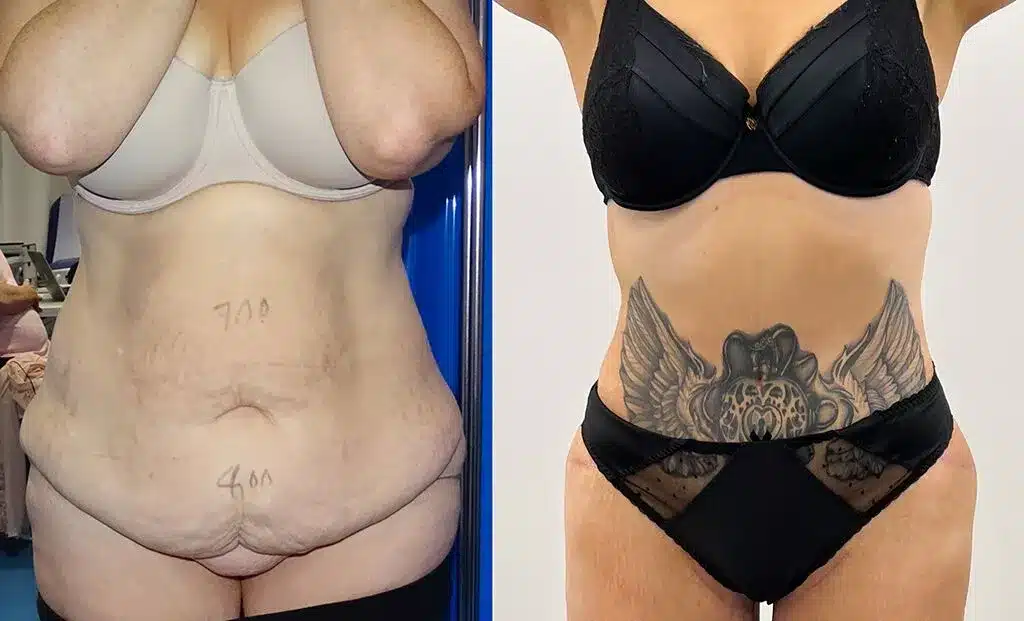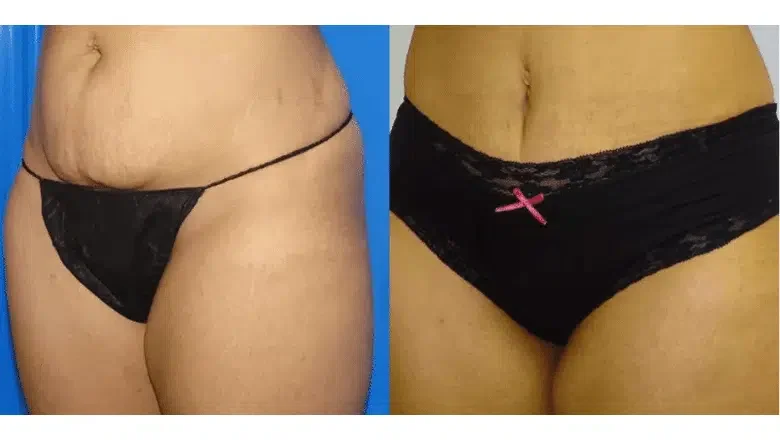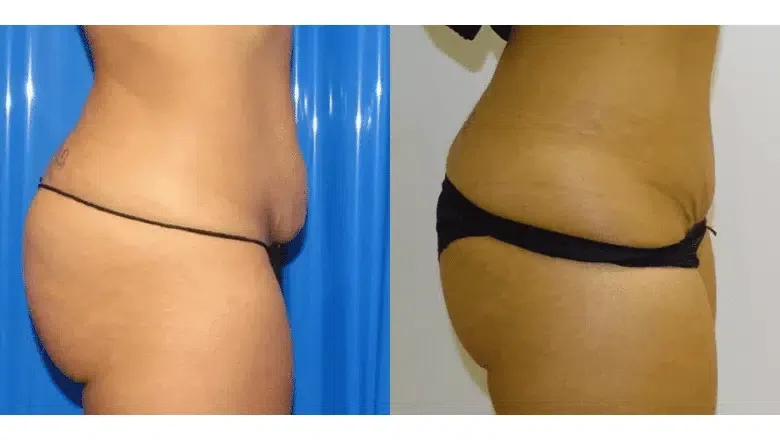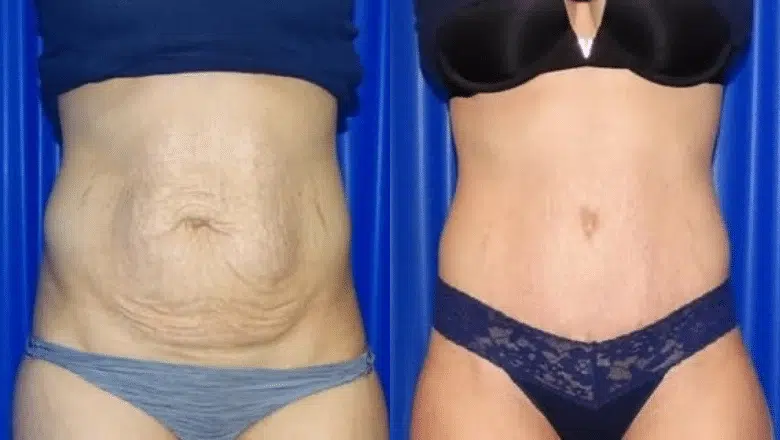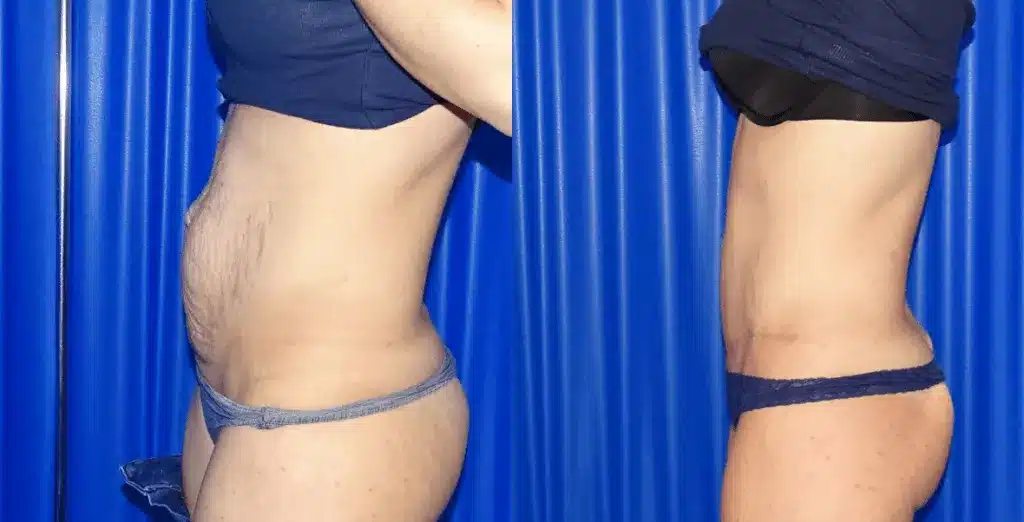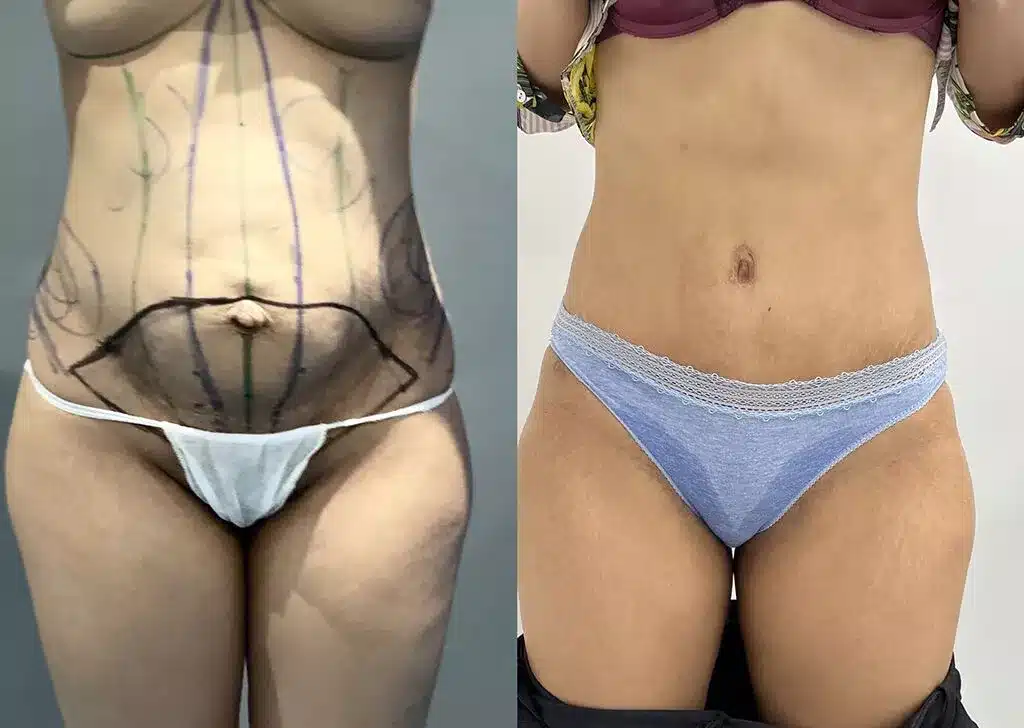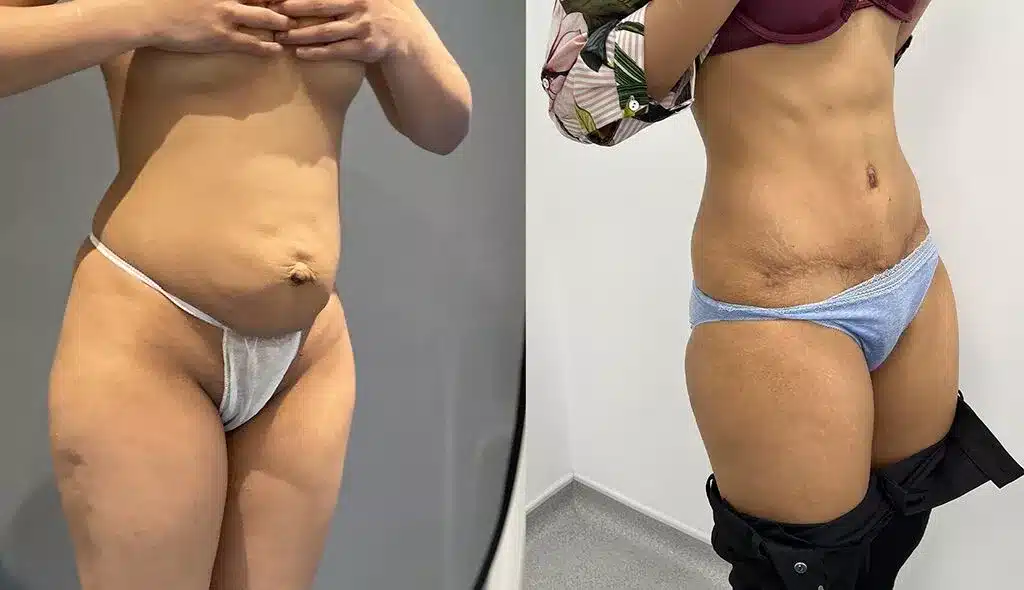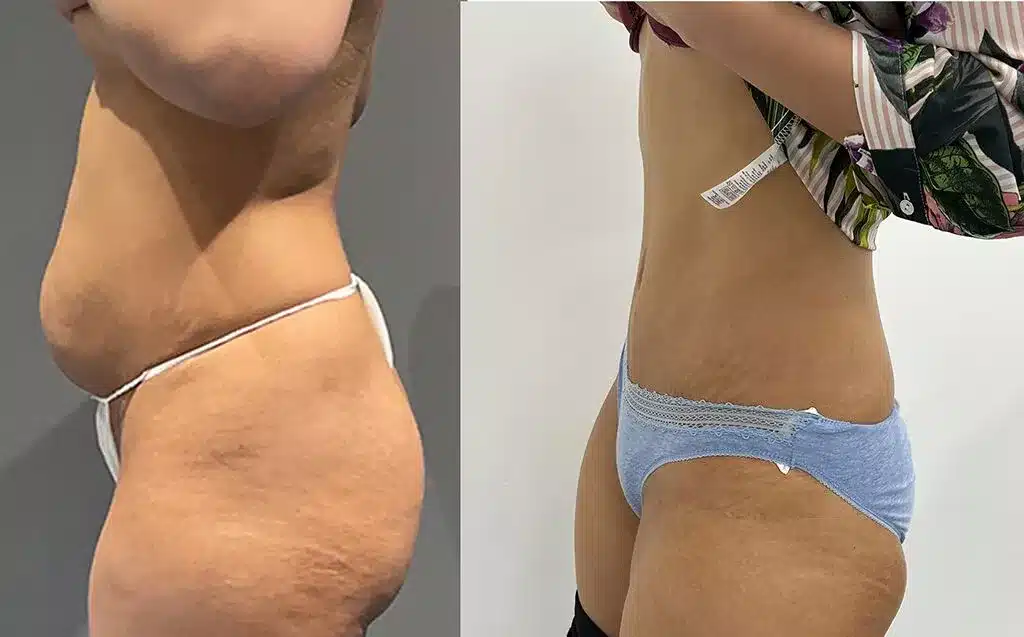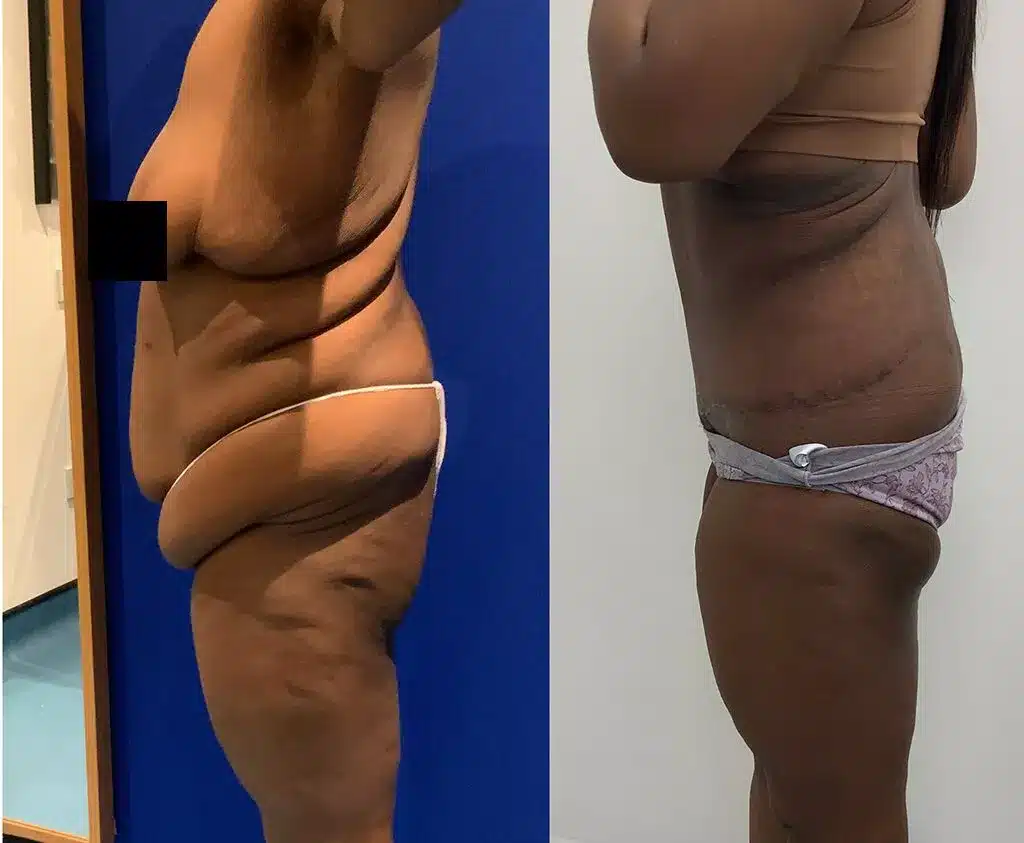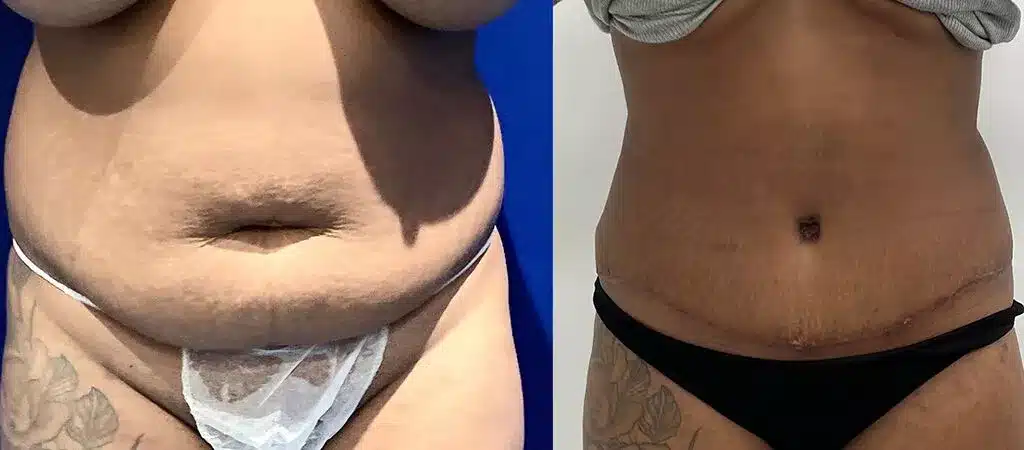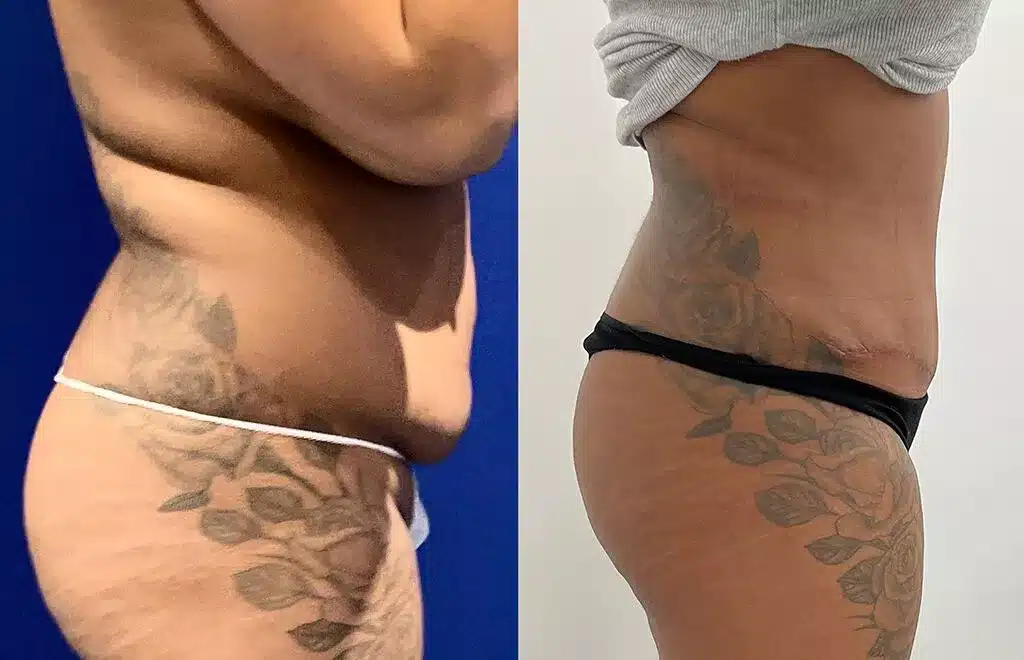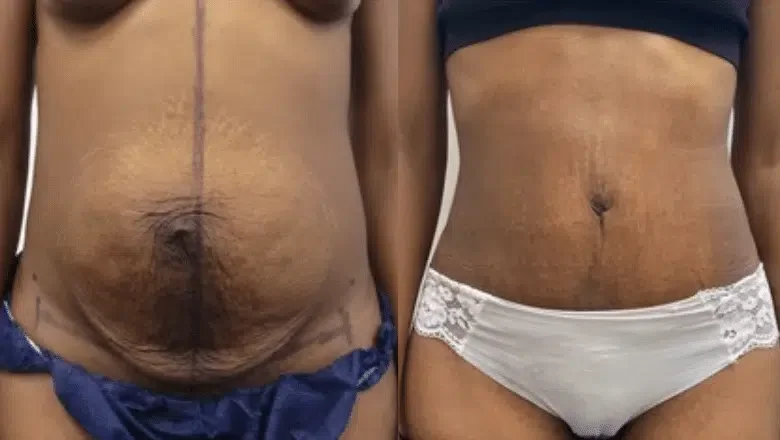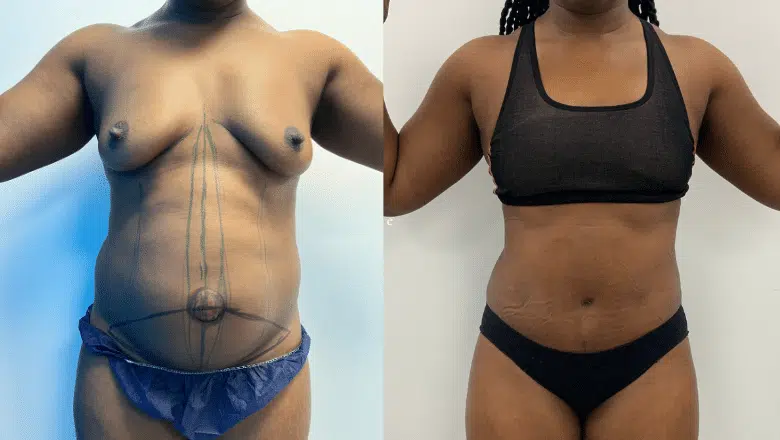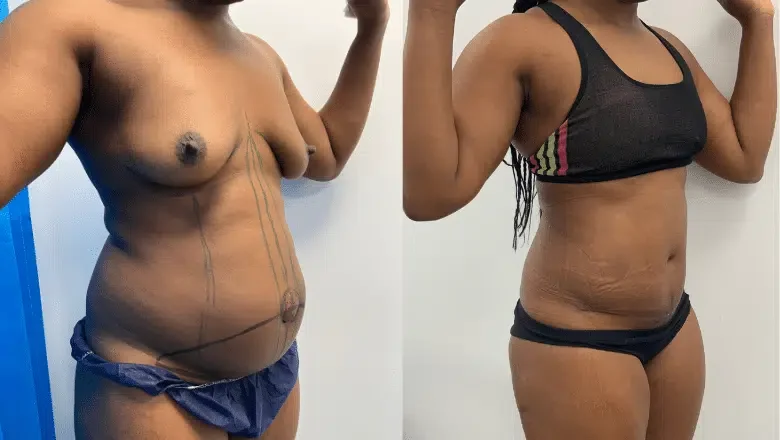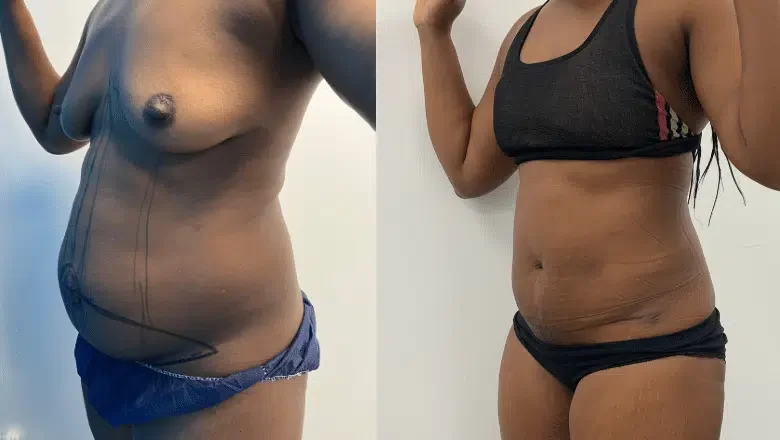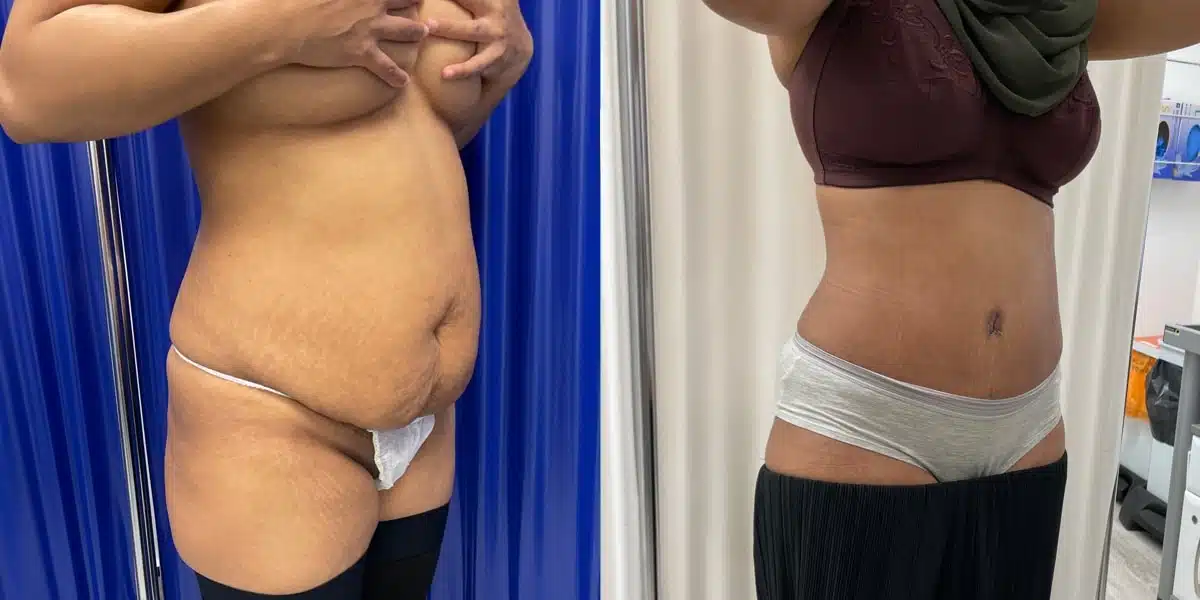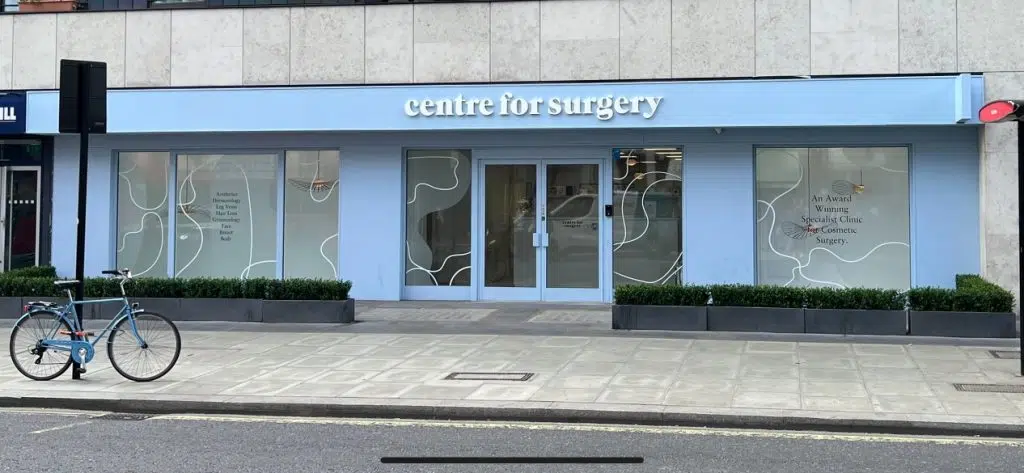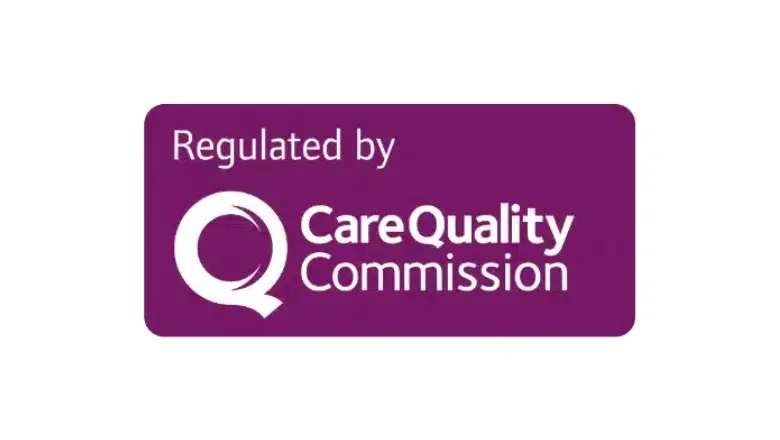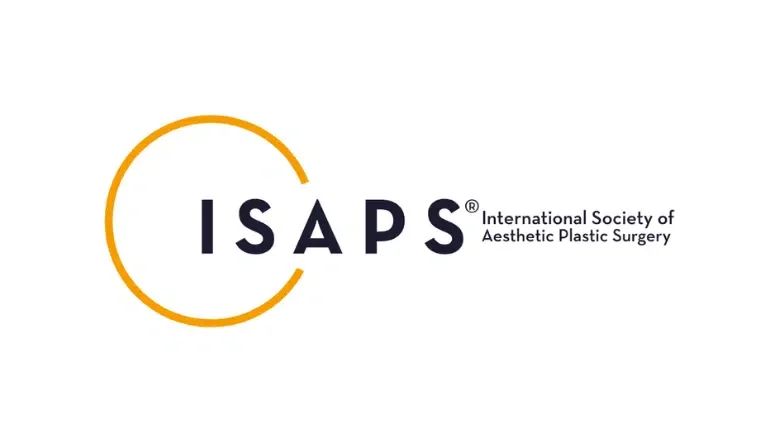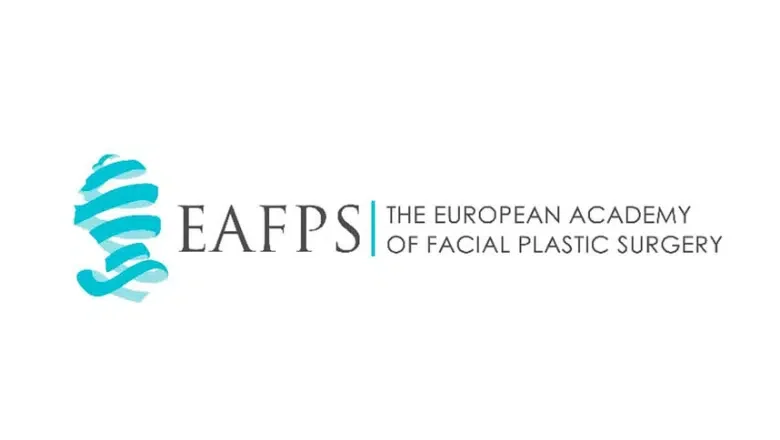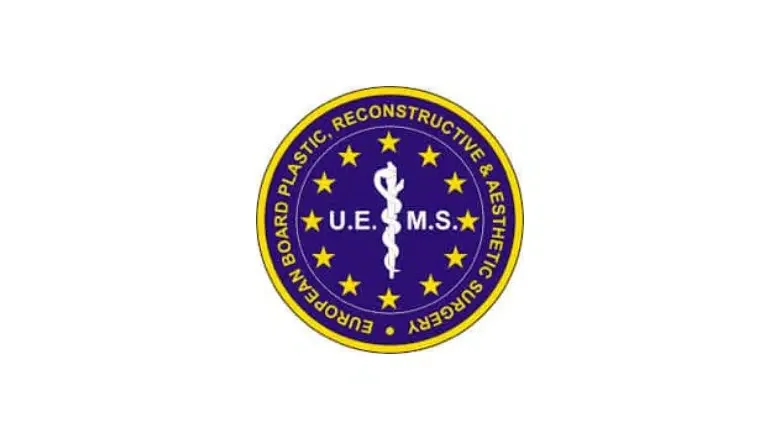When it comes to tummy tucks, there are several types of procedures available in the UK, and each one offers its unique set of benefits. At Centre for Surgery, our experienced surgeons offer a range of tummy tuck procedures to help patients achieve their desired results. These procedures are particularly popular among patients who struggle with persistent belly bulge or excess skin that affects their confidence and self-esteem.
At times, patients report feeling self-conscious about their bodies and avoid wearing certain types of clothing or participating in activities they would otherwise enjoy. This is a completely natural feeling, and you should not feel ashamed for wanting to improve the way you look and feel. With tummy tuck procedures, you can eliminate excess fat and skin, which can help restore your confidence and improve your overall quality of life.
RELATED: Medical Benefits of a Tummy Tuck
The various types of tummy tucks include the standard tummy tuck, extended tummy tuck, abdominoplasty, apronectomy, and Fleur-De-Lis surgery. These procedures are designed to remove excess belly fat and skin caused by various factors, such as pregnancy, weight loss, or medication.
To better understand the benefits of tummy tuck procedures, it’s essential to have a basic understanding of the anatomy of the abdominal wall. The abdominal wall is made up of several layers of muscles, including the rectus abdominis, the external oblique, and the internal oblique muscles. These muscles play a vital role in supporting the body’s core and maintaining proper posture.
During a tummy tuck procedure, the surgeon will remove excess skin and fat from the abdomen and tighten the underlying muscles to create a flatter, more toned appearance. Depending on the type of procedure performed, the surgeon may also reposition the belly button to a more natural-looking location and remove excess skin from the lower abdomen, hips, and flanks.
Gallery 1
Gallery 2
African-Caribbean Tummy Tuck
Understanding the Anatomy of the Tummy/Abdominal Wall
The abdominal cavity is a crucial part of the human body, housing various organs responsible for digestion, filtration, and other vital functions. The abdominal wall surrounds this cavity, consisting of layers of muscles, connective tissues, and fat that provide support and protection to the organs within. In this article, we will take a closer look at the anatomy of the tummy/abdominal wall and how it plays a role in various procedures, including tummy tucks.
Muscles of the Abdominal Wall
The abdominal wall comprises several layers of muscles, which play a crucial role in maintaining the body’s core stability and posture. The deepest layer of muscle is the transverse abdominis, which is responsible for compressing the abdominal contents and providing stability to the spine. The next layer is the internal oblique, which helps to rotate and flex the trunk, while the external oblique allows for lateral flexion and rotation.
The rectus abdominis, also known as the “six-pack” muscle, is a long, vertical muscle that extends from the ribcage to the pubic bone. It plays a role in stabilizing the trunk and assists with flexion of the spine.
Fascia and Fat
Fascia is a layer of connective tissue that surrounds muscles and other internal organs, providing support, stability, and separation between them. This tissue can become weakened due to factors such as pregnancy, weight gain, or previous surgeries.
Subcutaneous fat is the fat that lies directly beneath the skin, and it is often responsible for the appearance of a “belly bulge.” This type of fat can be difficult to get rid of through diet and exercise alone, which is why tummy tuck procedures are a popular option for many people.
Visceral fat, on the other hand, is located deep within the abdominal cavity, surrounding the organs. This type of fat can contribute to health problems such as diabetes, high blood pressure, and heart disease. However, a tummy tuck procedure only addresses excess fat and skin in the abdominal wall and does not address visceral fat.
The Role of Tummy Tucks
Tummy tuck procedures, also known as abdominoplasty, are cosmetic surgeries designed to remove excess skin and fat from the abdominal wall. This procedure can be especially beneficial for individuals who have lost a significant amount of weight, have excess skin due to pregnancy, or simply want to improve the appearance of their midsection.
During a tummy tuck, the surgeon will make an incision along the lower abdomen, remove excess skin and fat, and tighten the abdominal muscles. The result is a flatter, more toned appearance to the abdomen.
RELATED: Tummy Tuck FAQs – Q&A about Abdominoplasty Surgery
Causes of Excess Belly Fat and Skin
Excess belly fat and skin can be a source of frustration and discomfort for many people. While some individuals may be able to address this issue through diet and exercise, others may require surgical intervention, such as an abdominoplasty. In this article, we will explore some of the common causes of excess belly fat and skin and how they can impact your overall health and well-being.
Childbirth through C-Section
Childbirth is a beautiful and miraculous process, but it can also have an impact on the appearance of your midsection. Many women who give birth via c-section may experience excess skin and fat in the abdominal area. This can be due to changes in the abdominal muscles during pregnancy or the incision made during the c-section procedure.
Pregnancy
Pregnancy is another common cause of excess belly fat and skin. During pregnancy, the abdominal muscles stretch and separate to accommodate the growing fetus, which can result in a protruding belly. After giving birth, some women may experience loose skin and excess fat that does not go away with diet and exercise alone.
Weight Loss
Losing weight can be an excellent way to improve your overall health and well-being. However, significant weight loss can also lead to excess skin and fat in the abdominal area. This is because the skin and tissues lose elasticity, and the abdominal muscles may not bounce back as quickly as other areas of the body.
Medication
Certain medications can contribute to excess belly fat and skin. For example, corticosteroids, which are often prescribed for conditions such as asthma and arthritis, can cause weight gain in the abdominal area. Hormonal medications, such as birth control pills, can also lead to changes in body fat distribution.
Understanding Tummy Tucks
A tummy tuck, or abdominoplasty, is a surgical procedure that involves removing excess fat, tissue, and skin from the abdominal area. This procedure can be an effective way to achieve a flatter, more toned appearance to the midsection. In this article, we will explore the details of tummy tuck procedures, including what they involve and who may benefit from them.
Procedure Details
During a tummy tuck procedure, the surgeon will make a long incision along the lower border of the abdomen, typically along the pubic bone. The excess skin and fat will be removed, and the remaining skin will be pulled tight to create a flatter, more toned appearance. The surgeon may also reposition the belly button to a more natural-looking location.
The incision is typically made low on the abdomen, so it can be hidden by underwear or swimwear. The length of the incision will depend on the amount of skin and tissue that needs to be removed.
A qualified plastic surgeon at Centre for Surgery will perform the tummy tuck procedure. Before the surgery, the surgeon will discuss the patient’s goals and expectations, as well as any potential risks and complications.
Combination Procedures
In some cases, tummy tuck procedures may be combined with other cosmetic surgeries, such as a mummy makeover or torso makeover. These combination procedures can address multiple areas of concern and provide more comprehensive results.
Mummy Makeovers are a popular option for women who have experienced changes in their bodies due to pregnancy and childbirth. This procedure typically includes a tummy tuck, breast lift, and other body contouring procedures to restore the pre-baby body.
Benefits of Tummy Tucks
Tummy tuck procedures offer several benefits, including:
- Improved appearance: Tummy tucks can create a flatter, more toned appearance to the midsection, improving overall body contour.
- Improved self-confidence: For many individuals, excess belly fat and skin can be a source of discomfort and self-consciousness. Tummy tuck procedures can help boost self-confidence and improve quality of life.
- Improved posture: By tightening the abdominal muscles, tummy tuck procedures can also improve posture and alleviate back pain.
Understanding the Different Types of Tummy Tucks
Tummy tucks, or abdominoplasty procedures, are surgical procedures designed to remove excess skin, tissue, and fat from the abdominal area. There are several different types of tummy tucks, each with specific characteristics depending on the patient’s needs. In this article, we will explore the differences between regular tummy tucks, fleur-de-lis tummy tucks, and mini tummy tucks.
Full Tummy Tuck
A regular tummy tuck, also known as a full tummy tuck, is the most common type of abdominoplasty. This procedure involves making an incision along the lower abdomen, near the bikini line, and removing excess tissue and fat. The skin is then pulled taut and closed with stitches. A regular tummy tuck may also involve repairing the abdominal muscles.
Mini Tummy Tuck
A mini tummy tuck is a less invasive version of a regular tummy tuck. This procedure is ideal for patients who have a small amount of excess fat and lax skin in the lower abdomen. The incision for a mini tummy tuck is much smaller than that of a regular tummy tuck, and the procedure does not typically involve muscle repair. This type of tummy tuck is ideal for individuals who want to address specific areas of concern rather than the entire abdominal area.
Fleur-de-Lis Tummy Tuck
A fleur-de-lis tummy tuck is a more complex procedure that is ideal for patients who have excessive amounts of fat and skin that a regular tummy tuck cannot resolve. This procedure involves making a horizontal incision along the bikini line and a vertical incision up the midline of the abdomen, creating a “T” shape. The additional incision allows the surgeon to pull the skin tighter on the sides of the abdomen, preventing bulging. While the additional incision may result in a more visible scar, this procedure can provide more comprehensive results for individuals with significant excess skin and fat in the abdominal area.
Understanding Important Terms Related to Abdominoplasty
Abdominoplasty, or tummy tuck, is a surgical procedure designed to remove excess fat, tissue, and skin from the abdominal area. In this article, we will explore some of the important terms related to abdominoplasty, including diastasis and liposuction.
Diastasis recti
Diastasis recti refers to the separation of the abdominal muscles, which can occur after pregnancy or excessive weight gain. During abdominoplasty, the surgeon can repair the separated muscles to create a flatter, more toned appearance to the midsection. This is often done in conjunction with removing excess skin and fat to achieve optimal results.
Liposuction
Liposuction is a procedure that involves removing stubborn fat with the use of suction. This procedure is often done in conjunction with abdominoplasty to obtain a more desirable contour. Liposuction can be used to address areas of concern that may not be resolved with diet and exercise alone, such as love handles or muffin tops.
Centre for Surgery: Expert Plastic Surgery and Non-Surgical Cosmetic Treatments
At Centre for Surgery, we offer a range of surgical and non-surgical cosmetic treatments to help individuals achieve their desired appearance. Our plastic surgeons are some of the top in the UK and offer procedures for the whole body, from the face to the breast and body.
In addition to abdominoplasty, we offer a range of other body contouring procedures, including liposuction, arm lift, thigh lift, and more. We also offer non-surgical treatments such as dermal fillers, wrinkle relaxing injections, and laser treatments to address a variety of concerns.
If you are considering abdominoplasty or any other cosmetic procedure, our expert surgeons are here to help. Contact us today at 0207 993 4849 to schedule a consultation and learn more about what we can do to help you achieve your goals.

